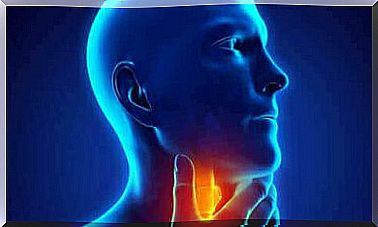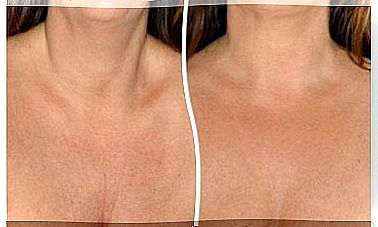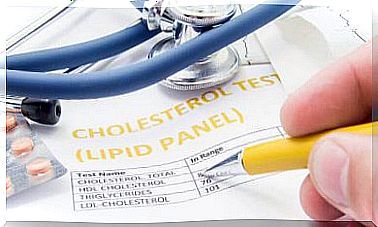What Causes Menstrual Cramps?

The cause of menstrual cramps is still a mystery to many women. This is because some of them go through their periods without pain, while others experience it. In a number of cases, this condition can significantly affect a person’s quality of life.
Menstruation is the normal vaginal bleeding that women experience every month during their childbearing years. It is a normal part of the menstrual cycle which, under normal circumstances, lasts twenty-eight days.
What is Dysmenorrhea? Is it a cause of menstrual cramps?

What appears to be bleeding during menstruation is in fact the endometrium. This layer of tissue forms in the uterus at the beginning of each cycle and comes out at the end if there is no pregnancy. Hormones actively intervene to regulate this monthly process.
Pain during menstruation is clinically known as dysmenorrhea. The usual manifestation is in the form of cramps, intermittent pains that come and go rhythmically. Women feel menstrual pain in the lower abdomen.
Dysmenorrhea is quite common (Spanish link). Estimates indicate that about 10% of women have moderate pain related to their menstrual cycle. Remember that moderate pain is one that interrupts daily activities.
The main hypothesis about menstrual pain is that it is due to an excessive amount of prostaglandins. These substances appear in abundance when the endometrium is about to come out. Their function is to deflate the pelvic area and facilitate the contraction of the uterus.
Types of Dysmenorrhea
There are two types of dysmenorrhea: primary and secondary. Each depends on this kind depends on the cause of the menstrual cramps. We can describe these types as follows:
- There is no other disease that explains the pain in primary dysmenorrhea. In general, it is a pain that begins the days before menstruation and lasts as long as the bleeding lasts. It gets better with age and also after pregnancy, although this is not always the case. Prostaglandins are the explanation for primary dysmenorrhea. They are natural, but can lead to pain if there is an excess of them.
- The cause of secondary dysmenorrhea are other diseases that affect the female reproductive system (Spanish link). This means that another illness has menstrual pain as one of its symptoms. The two most common causes of secondary dysmenorrhea are endometriosis and fibroids. The former is more difficult to treat and diagnose, while you can treat fibroids clinically or surgically.
Symptoms of Menstrual Cramps
Classic menstrual cramps are intermittent and start two days before menstruation. The usual location is the lower abdomen, but it can radiate backwards. In addition to the pain, some women also experience:
- Headache
- Dizziness
- Nausea and vomiting
- Diarrhea or changes in bowel movements
Extraordinary situations
Dysmenorrhea is linked to certain situations that women can go through. This kind of pain is certainly connected to the realities of everyday life. It occurs cyclically and monthly, so it responds to certain stimuli.
Studies recognize that stress is one of the causes of menstrual pain. They become clearer and even more intense in stressful situations or moments of tension. Women who smoke also often experience severe menstrual cramps and they worsen if the habit continues.
In contrast, physical activity can relieve menstrual pain as exercise improves circulation in the pelvic area, reducing pain. Physical activity also releases tension and reduces stress, eliminating some of the risk factors.
Treatments for Menstrual Cramps

Oral contraceptives (OCPs) are highly effective despite their adverse effects. There are several medications available for the treatment of menstrual cramps when they are the result of primary dysmenorrhea.
As for secondary dysmenorrhea, the underlying causes, such as endometriosis or uterine fibroids, require treatment. Some of the indicated medications include:
- Birth control pills regulate the menstrual cycle and relieve pain. They reduce the effect of prostaglandins by reducing their production. In fact , many women do not experience this condition as these pills are their method of contraception. As you can see, they benefit a lot from this side effect.
- Anti-inflammatory drugs (NSAIDs, Non-Steroidal Anti-Inflammatory Drugs) are the best choice to relieve pain associated with menstruation at certain times.
- Science has not clearly demonstrated the positive effects of vitamin supplements in this case (Spanish link). However, isolated studies show that magnesium and zinc are good for women. Similarly, vitamin B has been investigated as a possible adjuvant to treatment.
Consult a doctor if your period is painful. That way you can undergo the necessary additional tests to find the cause and then determine a treatment.
Reducing stress and incorporating physical activity are some of the pillars to address the root cause of menstrual cramps. As you can see, it is possible to keep menstrual cramps at bay.









